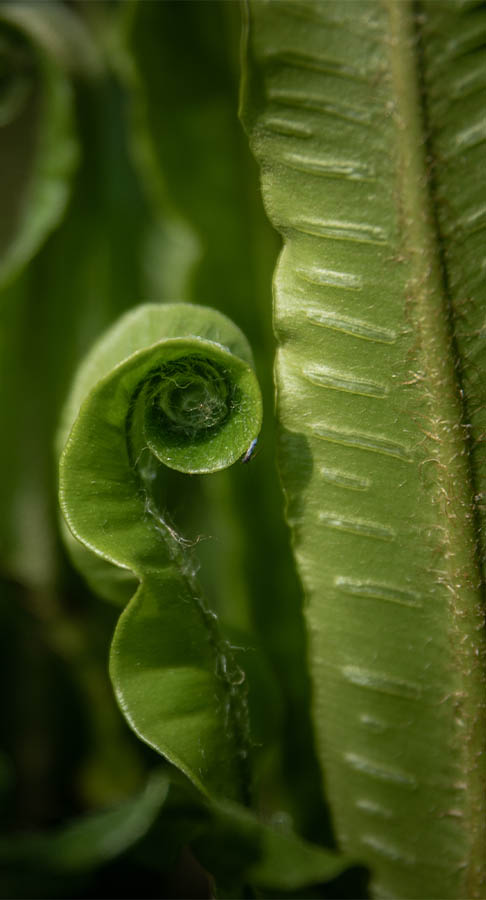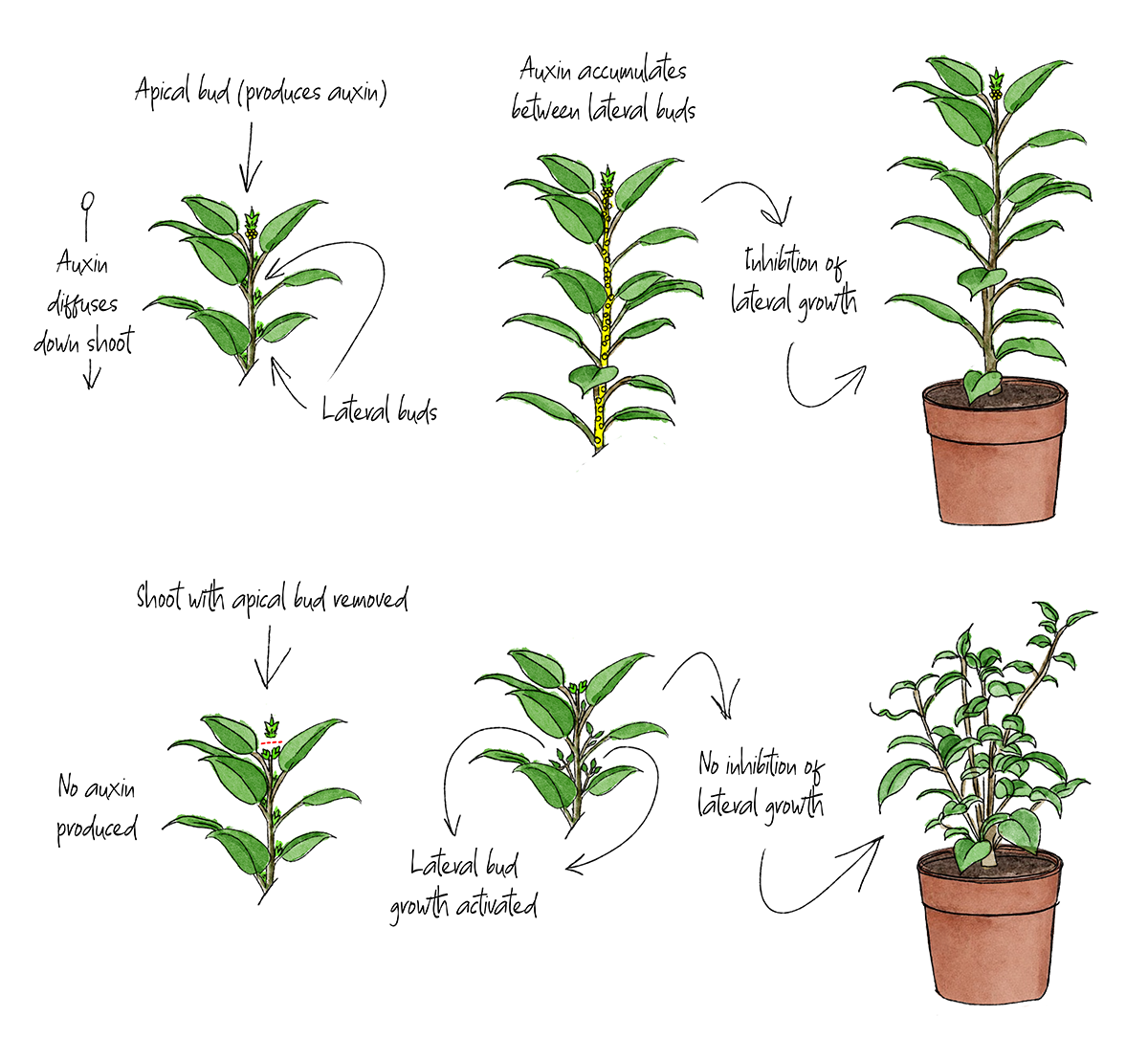The science behind plant hormones and growth
Understanding how plants develop and adapt
Plants, though rooted in place, are dynamic organisms that constantly adapt their growth and development to changing environments. At the heart of this adaptability lies a sophisticated network of chemical messengers known as plant hormones, or phytohormones. These small molecules affect nearly every aspect of a plant’s life, from seed germination to flowering, and even defence against pests and environmental stresses.
What are plant hormones?
Plant hormones are signalling molecules produced in specific tissues and transported to other parts of the plant, where they trigger a range of biological and cellular processes. Unlike animal hormones, which are often produced in specialised glands, plant hormones can be synthesised in various tissues and act locally or at more distant sites. The main classes of plant hormones include:
- Auxins
- Cytokinins
- Gibberellins
- Abscisic acid (ABA)
- Ethylene
- Brassinosteroids
- Jasmonates
- Salicylic acid
Each hormone has distinct roles, but their effects often overlap and interact, making plant growth regulation a complex, integrated process.

How plant hormones regulate growth
Auxins – the growth directors
Auxins are the most well-known plant hormones, famous for their role in phototropism — the bending of plants toward light. They promote cell elongation, root initiation, and differentiation, and are crucial for organ formation. Auxin’s mobility allows it to coordinate growth across different plant tissues, acting as an integrator of various hormonal and environmental signals.
Auxins are commonly used in rooting powders to stimulate root development in cuttings, making plant propagation more efficient for both ornamental and crop plants. This technique is crucial for cloning desirable plant varieties on a large scale. At Greenwood, we choose the healthiest plants to take excellent quality cuttings. Plants with woodier stems, or those which are being propagated during the winter months, can benefit from an application of rooting powder to increase root initiation, as well as improve the speed and strength of root development.
The tip (apex) of a plant produces auxins that suppress the growth of side shoots. When growers pinch, or prune, this dominant growing tip, auxin levels drop, and cytokinins then promote the growth of lateral side shoots making the plant bushier and more compact.

The diagram above shows the effect of auxins on apical dominance. The plant on the left is intact and shows apical dominance and no lateral bud growth. On the right, the apical bud has been removed and lateral bud growth occurs.
Cytokinins – cell division and differentiation
Cytokinins stimulate cell division and influence the development of shoots and roots. In the shoot apical meristem (SAM), cytokinins are essential for maintaining a pool of undifferentiated cells, which is vital for continuous growth and organ formation. They often work in tandem with auxins, sometimes alongside them and sometimes against them, to fine-tune growth patterns.
In crop production, cytokinins are applied to delay leaf senescence (aging) and extend the shelf life of harvested produce.
Gibberellins – promoting expansion
Gibberellins drive stem elongation, seed germination, and flowering. They promote cell expansion along the plant’s longitudinal axis and are critical for determining plant stature and organ size. Mutations in gibberellin pathways often result in dwarfism, highlighting their central role in growth.
Commercially, gibberellins are used to induce fruit formation without fertilisation, producing seedless fruits like grapes and tomatoes. Gibberellins can delay fruit ripening and aging, helping maintain quality during storage and transport, and also promote larger fruit size and improve fruit shape.
Gibberellin inhibitors are used in commercial growing to suppress gibberellin production. This encourages ornamental plants, like hydrangeas, to maintain a compact form with enhanced flowering and improved visual appeal.
Abscisic acid (ABA) – the stress responder
ABA is best known for its role in mediating plant responses to environmental stress, such as drought. It promotes stomatal closure to reduce water loss and induces seed dormancy, ensuring seeds only germinate under favourable conditions. ABA can antagonise the growth-promoting effects of gibberellins and brassinosteroids, acting as a brake on growth when necessary.
ABA treatments can induce and maintain dormancy in seeds and buds, which is useful for storage and transport.
Ethylene – modulating growth and defence
Ethylene is a gaseous hormone involved in fruit ripening, leaf abscission, and response to mechanical stress. It can inhibit cell expansion, especially in dark-grown seedlings, and plays a central role in plant immune responses, working alongside jasmonic acid and salicylic acid to regulate defence against pathogens.
Ethylene gas is used to synchronise and accelerate the ripening of fruits after they have been harvested, such as bananas, tomatoes, and avocados. This allows fruits to be picked unripe, making them easier to transport and store, and then ripened as needed for market, reducing spoilage and waste.
Brassinosteroids – growth and productivity
Brassinosteroids are a group of steroidal phytohormones that have a similar structure to animal steroids, and are required for the development, growth, and productivity of plants. These hormones are involved in regulating the division, elongation, and differentiation of numerous cell types throughout the entire plant life cycle and are particularly effective in improving seed germination, promoting flowering and fruit development, and increasing overall plant productivity.
In practice, brassinosteroids can be applied as foliar sprays, allowing for rapid absorption through leaves and stems. This is particularly effective at increasing rice yields. Seeds can be treated with brassinosteroids to improve germination rates and seedling vigour. They also affect flowering time and fruit development, producing higher yields of crops like tomatoes and grapes.
Jasmonates and salicylic acid – defence and adaptation
Jasmonates and salicylic acid are pivotal in plant defence. Jasmonates help plants resist herbivores and necrotrophic pathogens, which feed on dead plant matter, while salicylic acid is critical for protecting against biotrophic pathogens, which feed on living cells, reducing the need for synthetic pesticides. These hormones can also influence growth and development, especially under stress conditions, making them more able to withstand abiotic stresses like drought, salinity, and temperature fluctuations.
Jasmonates can stimulate seed germination, root growth, and overall plant vigour, leading to improved yields in commercial growing. They are also valuable to the healthcare industry as jasmonates can be used to stimulate the production of bioactive compounds in plants, which are then used in the development of pharmaceuticals and nutraceuticals.
Salicylic acid has numerous commercial uses, primarily in pharmaceuticals, cosmetics, and as a preservative. It’s a key ingredient in many skincare products and is also used as a preservative in some food and consumer products. Additionally, it’s a precursor in the production of other pharmaceuticals, including aspirin.
Coordinated hormonal responses
While each hormone has its primary functions, plant growth and development are rarely controlled by a single hormone. Instead, plants integrate signals from multiple hormones, often at the gene-network level, to produce coordinated responses. For example:
– Auxin and brassinosteroids can act together to regulate a shared set of genes involved in cell expansion.
– Cytokinins and auxins interact in the meristem to balance cell division and differentiation.
– ABA can counteract the effects of gibberellins and brassinosteroids, modulating growth in response to stress.
This integration allows plants to fine-tune their growth according to both internal developmental cues and external environmental signals, such as light, water availability, and the presence of pathogens.

This diagram shows the hormonal interactions in plant growth and development.
Modern insights – visualising and manipulating hormones
Recent advances in genomics, imaging, and molecular biology have improved our understanding of hormone action. Scientists can now track hormone signalling in specific tissues, revealing that different hormones often act in distinct cell types. For instance, gibberellin action in the root is primarily localised to the endodermis, which is the innermost layer of the root, while cytokinins act in the transition zone to control root cell differentiation.
Biotechnological applications are emerging too. By manipulating hormone levels or signalling pathways, researchers can improve crop yields, stress resistance, and even control plant architecture to give agricultural advantages.
Plant hormones are the master regulators that enable plants to grow, adapt, and thrive in changing environments. Their intricate associations orchestrate everything from cell division to defence, making them a central focus of plant science and biotechnology. Plant hormone manipulation, both by application and inhibition, is a cornerstone of modern commercial plant production, enabling growers to maximise yield, quality, and efficiency while minimising wastage. As research tools become more sophisticated, our ability to harness the power of plant hormones for sustainable agriculture and food security will only continue to grow.
If you enjoyed this blog, why not read our article about the role of glomalin in enhancing soil health and stability.

